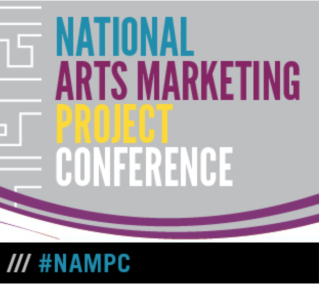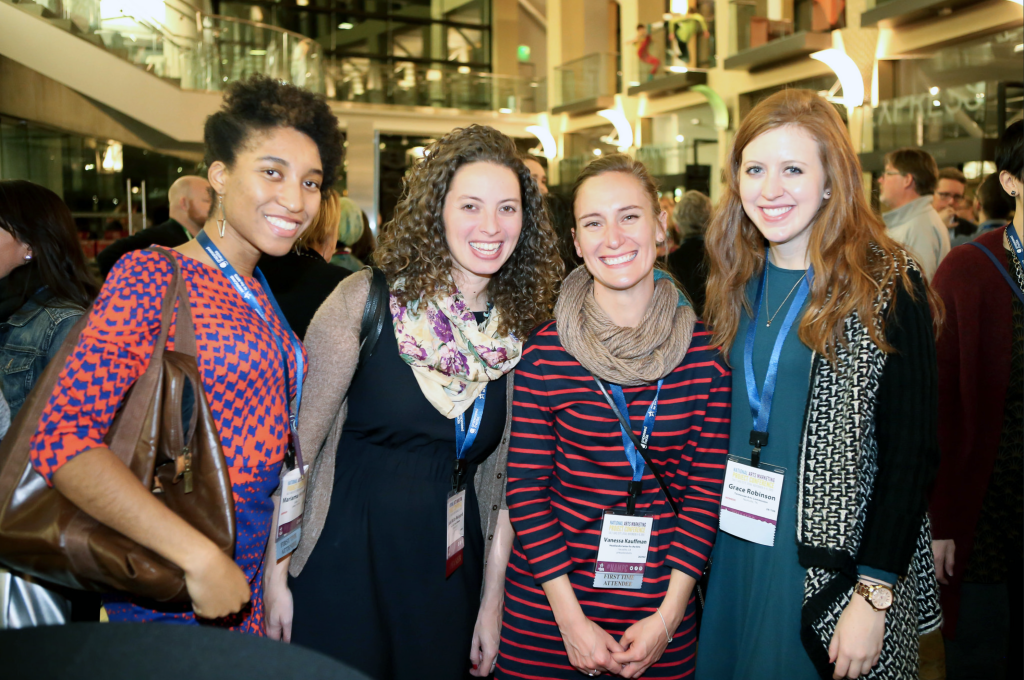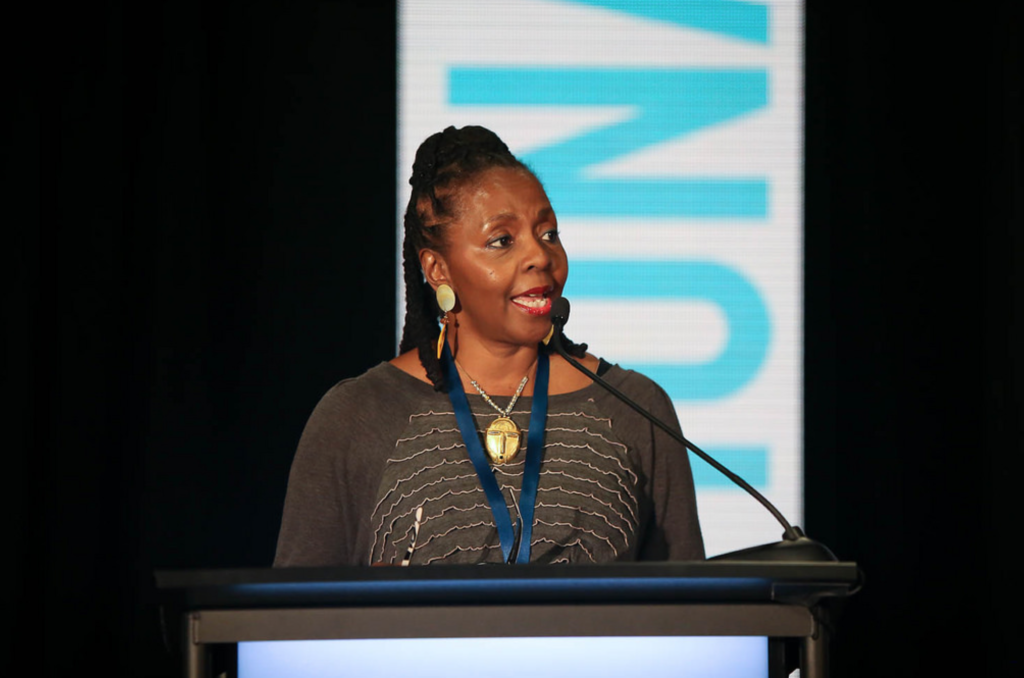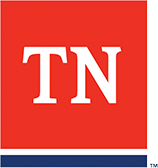NAMPC Series Part 2—Breaking Barriers and Building Bridges
From Grace Robinson, Public Information and Research Coordinator—
 Welcome back to my NAPMC Series. For those just joining, you’ll find here a catalogue of a few experiences from the 2015 National Arts Marketing Project Conference I attended in Salt Lake City in early November. Feel free to check out the Introduction and Part 1—Walking the Gap.
Welcome back to my NAPMC Series. For those just joining, you’ll find here a catalogue of a few experiences from the 2015 National Arts Marketing Project Conference I attended in Salt Lake City in early November. Feel free to check out the Introduction and Part 1—Walking the Gap.
A common theme that I found in more than one session over that weekend went beyond the rudimentary processes in marketing the arts. As marketers we know the ‘products’ we share do not exist in an isolated environment. Even after a specific market is identified and then segmented into more approachable populations, not even a niche market exists solely affected by just that collection of people. Meaning, positioning must be strategic as it takes into account the surrounding world. This ‘world’ largely encompasses the climate of many current aspects of human interaction, be it social, economic, political, etc. And what an exciting challenge that the world is always changing. The thread that stood out most to me was about truly connecting with the market environment as society collectively progresses and being open, as marketers, to these changes without the hindrance of prejudice.

To illustrate the point, I’d like to share two of the sessions I attended, a breakout called Get Over Yourself and the mid-conference keynote with Donna Walker-Kuhne. These sessions shared a very similar message, but approached the story from different angles. The breakout took a more micro, personal approach at increasing personal awareness of conscious and subconscious discriminations while Donna’s keynote spoke on a macro level of the transitioning face of the American population and the need for the arts to embrace changing audiences.
Get Over Yourself was classified in the disruption category of session options and we spent that hour and a half entrenched in multiple quick-paced, highly interactive exercises that turned surprisingly self-contemplative. We were led to see what internal preconceived notions we held about ourselves as professionals and others as target audiences and business associates that needed to be expelled in order to be open to changes in our society that affect our work. True to it’s ‘disruption’ name, the session had us moving around and involved in activities not quite the norm for a conference breakout presentation. However, the disruption was not found just in the lack of sitting, but also in the periods of reflection integral to the lesson. Overall, the session urged us to take a fresh look at the way we approach our work and be sure that our mindset has the clarity and adaptability needed for a marketer to succeed in a market that is constantly changing.
Departing from the abstract, we then saw a tangible need for this mindset in the keynote with Donna Walker-Kuhne. Donna is a national advocate for increasing arts access and multicultural advertising. She delivered a passionate speech, giving reasons for why arts organizations need to develop and implement more ways to expand access to new audiences, and shared a few examples of her own experiences. The message she recommended we convey to our audiences was simple, yet powerful: “I see you. I hear you. I welcome you.”

Donna sited the fact that by 2042, the majority population in America will be people of color. As this demographic shifts, she asks us if we are preparing for this change, and are we helping America towards this growth. To truly achieve arts access, we must be proactive as marketers. Building a culture of diversity is more than simply making the arts available to a wider demographic, it is also bringing the arts to these audiences. Creating this culture starts in the office with leadership and staff who understand the initiative and have a sensitivity towards it, says Donna. Beyond that it is primarily about community engagement. As engagement is vital to a fruitful longterm partnership, Donna gave tools for success on how to be innovative and engaging. Here are a few:
- Begin a dialogue and share information
- Keep a consistent presence in the diverse communities you want to reach and explore new/unique venues
- Expand the use of the education sector
- Expand the use of media storytelling
- Embrace and involve the immigrant community and program for heritage
- Celebrate core audiences
By approaching new audiences with a readiness to engage and adapt, marketers will more successfully develop longterm relationships and expand the scope of those being served. Listening to what the community is asking for is the best way to engage and retain engagement. Donna did however remind us that in the midst of so many changes and initiatives to bring more people to the arts, it is important to remember the audiences that who have already showed up (number six on that list). We would be quite lost without our current arts makers, appreciators and advocates. The arts are therefore a tool for building bridges—connecting current audiences with potential audiences and connecting cultures and communities.

